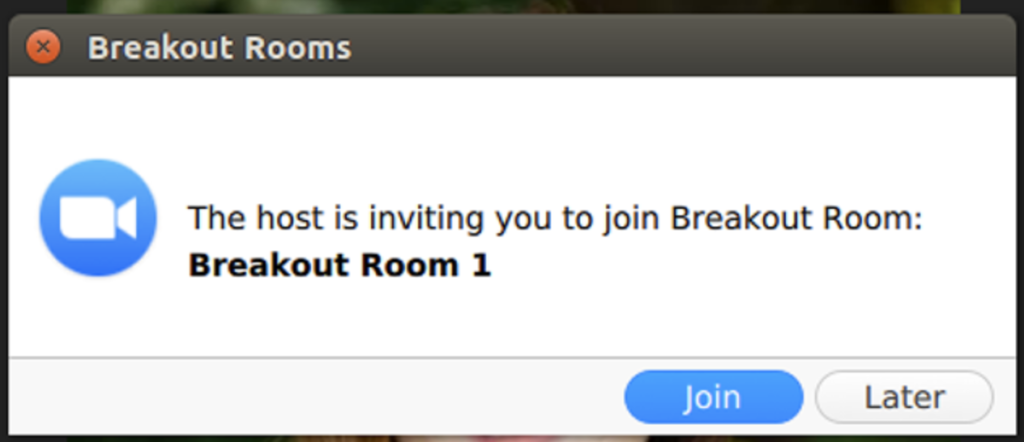Even as students, learning management systems and school administrators came and went over the decades, one thing about teaching at Saratoga High stayed the same: meeting students in the classroom every school day. During the pandemic, however, distance learning has forced many teachers to reexamine and completely revise their curriculums to make the most of new types of relationships and reduced synchronous learning time.
Although students tend to be more vocal about their online school complaints, behind the scenes, many teachers are also aching to go back to their classrooms.
In preparation for this school year, the state of California set guidelines to carry out a successful virtual semester, which include statewide attendance codes. These newly set attendance codes are relatively lenient, but they still require students to be present to learn something new each day.
The high school administration decided to follow the statewide regulations rather than adding a few of their own, leaving room for interpretation for individual teachers.
English teacher Natasha Ritchie said she keeps her students as engaged as possible without forcing them to participate in class discussions or keep their cameras on at all times.
“I know there are some situations that make it difficult for students to turn on their cameras,” said Ritchie. “I do expect all students to participate in breakout rooms, and I hope all students will participate in whole group discussion.”
Math teacher PJ Yim said he tries to give students a sense of normalcy by having the same expectations as in-person school.
“Nothing is different from a physical learning space,” Yim said. “Having a camera on is just common sense.”
Despite implementing the state attendance policies, assistant principal Kerry Mohnike anticipated the majority of students would be present and engaged during synchronous class meetings, and she has been pleased by the results.
Although some students may not be able to complete school following every teacher's expectations, the school offers Chromebooks to borrow, a safe space to work with internet connection and even technical assistance. And in cases such as power outages or family emergencies, teachers are usually very understanding.
“While families have had to manage how to accommodate at home school, we are fortunate that education is so highly valued by our community,” Mohnike said. “Those who have an issue either with technology or environmental restrictions are hopefully reaching out to their teachers or guidance counselors for support and understanding.”
Ritchie said she tries to help students take charge of their own learning. Since she said she can’t be everywhere at once, a lot of her evaluation is based on students’ self-reflection of their own learning. Ultimately, she said she wants to do as much as she can to simulate a physical environment.
Despite attendance requirements, online learning makes it easy for some students to become quieter and almost anonymous due to uneasiness, tiredness or unfamiliar settings. “I know building a class community where students feel comfortable takes time so my expectations for whole group discussion participation increase as we practice,” Ritchie said.
Yim, like many teachers, said he has had some issues with “ghosting,” where students would turn off their cameras and stay silent when asked a question, making him wonder if they were actually there. His response to this issue was straightforward: simply mark the student as not participating, then follow up with the student’s parents and guidance counselor.
“I'm focused on students that are here to learn,” Yim said.
In order to make “remote learning a little less lonely” science teacher Kristen Thomson said she checks in with her students with a question of the day during attendance. She said it gives students a break from the rigorous course material with a casual class discussion for the first 15 minutes of the period.
“I think of the movie ‘Horton Hears a Who,’ where the Mayor of Whoville has 96 kids but only a couple seconds to spend with them each day,” she said. “I feel like the least I can do is get a couple seconds each day with each student.”
Junior Lauren VandeVort said the questions help her “wake up and feel more energized” since she has Thomson at the start of the day.
As the semester comes to a close, the date of return to classes remains a mystery with COVID-19 still out of control in the U.S..
“I would rather we be in person, but my students and I are making the best of it,” Ritchie said.


























